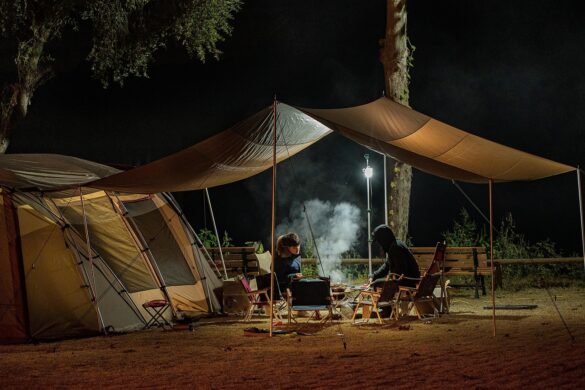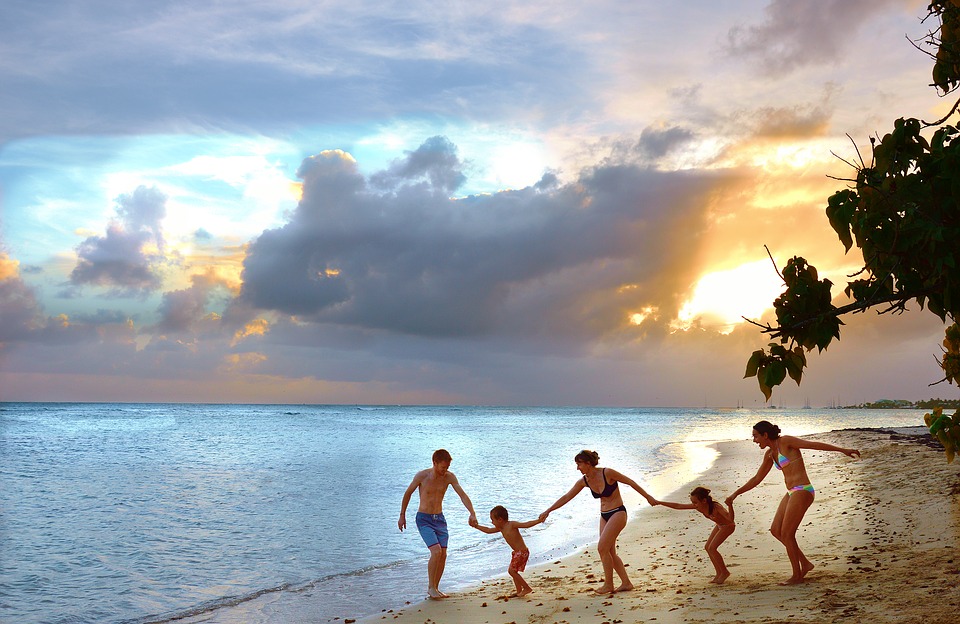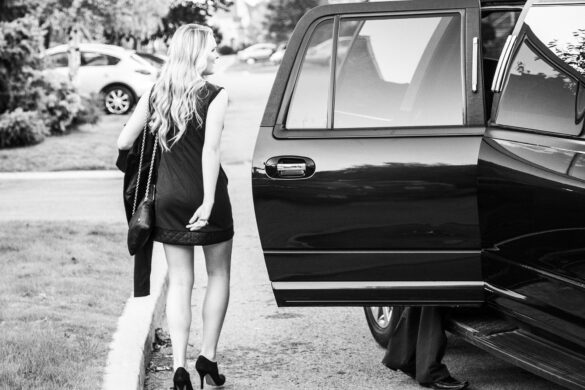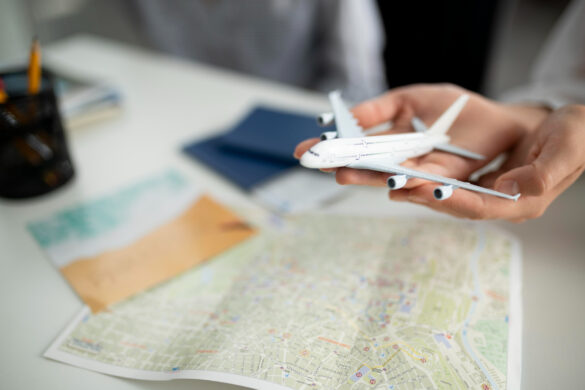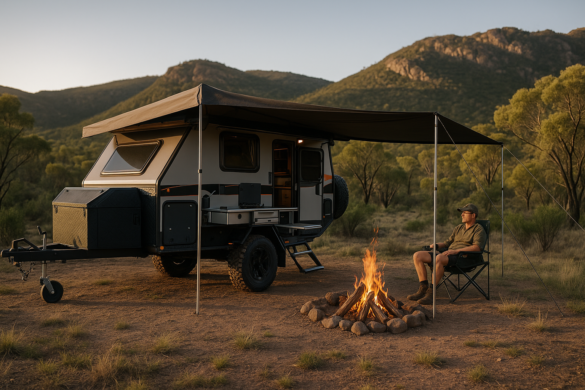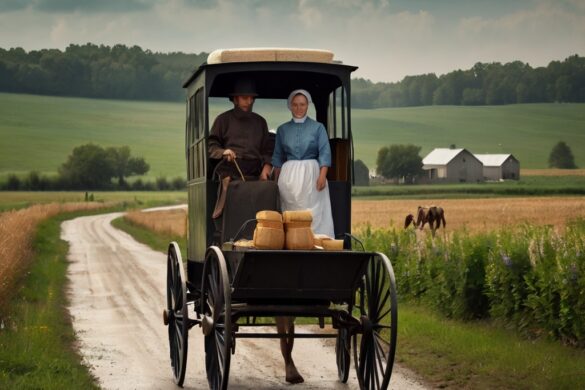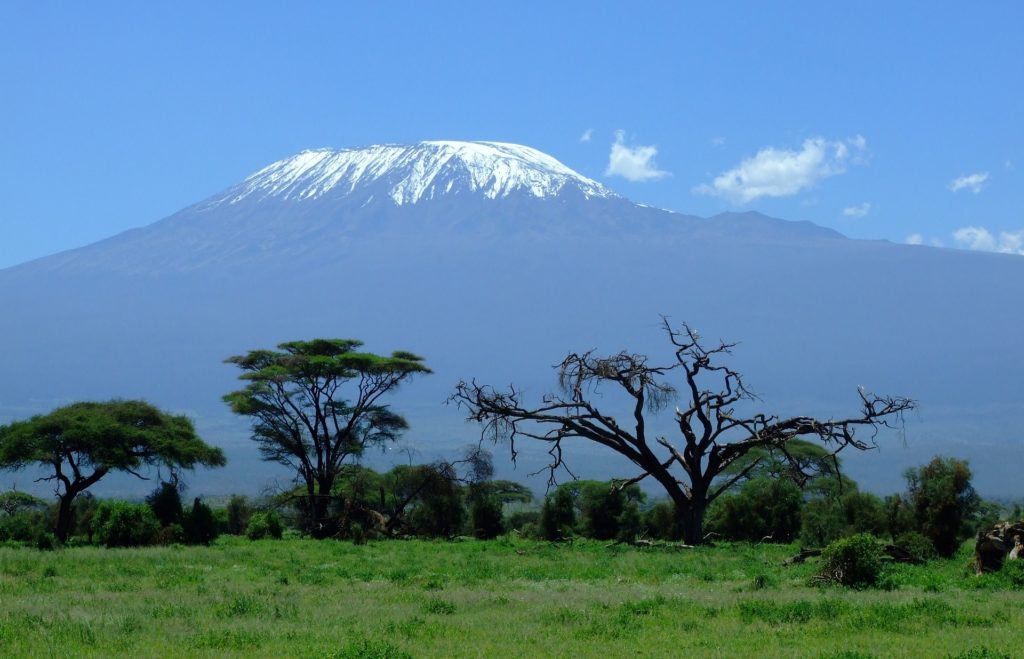
Mount Kilimanjaro is Africa’s highest mountain and hiking up its snowy peak is an incredible feat to accomplish. With a bit of preparation and training, anyone can make it to the summit and bask in the spectacular view from the top.
However, there are a few things that you will need to know about the hike before you book yourself on a trip, and we’ve helped summarise them below.
Preparation
Before you make your way to Tanzania, you need to prepare your body for climbing Kilimanjaro. Training leading up to your hike is very important, especially while wearing your backpack and hiking boots. Going on long walks and hikes will help your body get used to traveling long distances every day on foot – which is exactly what you’ll be doing on the way up Kilimanjaro. Any aerobic exercises will help get you ready for the climb.
Hiking up other mountains in high altitude zones will also help your body acclimatize better. Mount Meru is another mountain in Tanzania, which is often used as a practice hike before taking on Kilimanjaro.
It’s better to go during the dry season
While you can climb Kilimanjaro at any time of the year, it’s highly recommended to go during the dry season, which is between January and February or June and October. The wet months bring rain, which makes the trek very muddy and storms can occur and hinder progress.
However, mountain weather can be very unpredictable, so even if you’re going during the dry season, remember to pack waterproof gear and layers of warm clothing.
Book with a reputable company
The costs of climbing Mount Kilimanjaro add up to a lot, but it’s not worth trying your luck with a low-budget climbing operator. You should choose a good quality, experienced trekking company so that you can rely on them to get you to the summit.
A good company will provide all necessary equipment, guides and porters – who will be paid a decent wage – as well as advise you on how you can be successful in reaching Kilimanjaro summit.
Choose a route that works best for you
Before you book, you should also do some research on which route you would like to take. There are seven routes to choose from, however the most popular ones are the Maranga Route, Machame Route and the Lemosho Route, which means there will be more other trekking expeditions on the mountain if you pick any of these.
While some routes can be completed in five days, you should always take your time and rather do it in seven or even eight days, so that you can move at a comfortable pace and give your body enough time to acclimatize.
The more days you spend on the mountain, the higher the chance you will successfully reach the summit.
Having the right gear is essential
The gear you use can either make or break your trip. Most importantly, you will need a good quality, comfortable pair of hiking boots that you have worn in beforehand. Boots that fit poorly and don’t have ankle support will make your feet hurt and give you blisters, which will be very uncomfortable for the whole trek.
Using a hydration pack instead of a water bottle is a good idea, as it’s easier and more accessible to take frequent sips from. Unscrewing and screwing back on the lid of a water bottle can get tedious and can also be quite difficult when wearing gloves.
Packing warm clothes, made from quality thermal material, is essential. It can get extremely cold on the higher slopes of Kilimanjaro and you’ll need to stay warm. A down jacket and sleeping bag are important items to take. Wear a beanie so that your head stays warm too, and don’t forget to pack sun protection items, such as sunglasses, a hat and sun cream.
Climbing operators will often have hiking poles that you can rent for your climb, which can help on the rocky terrain – and be especially handy on your way down, which will put a lot of pressure on your knees.
Go Slow
Going at a steady, comfortable pace is very important. Seven or eight days are the recommended number of time you should spend on the mountain, so that your body can acclimatize, and you can avoid getting altitude sickness.
There are lower success rates for people who choose five-day trek options and hike up at a fast pace, so take your time. Your guides will often say “pole, pole”, which means “slowly, slowly”, to help remind you to take it easy.
Altitude sickness
Altitude sickness is a very serious condition and can be fatal, if the proper steps aren’t taken in time. Staying hydrated and moving at a slow, steady pace will help you acclimatize better so that you can reach the summit safely. Ascending the mountain too quickly can be very dangerous as there is less oxygen in the air at higher altitudes, so your body needs more time to adjust and compensate by producing more red blood cells.
The first symptoms of altitude sickness are dizziness, shortness of breath, headaches and nausea. Be aware of your physical wellbeing and let your guide know if your start to feel ill so that they can advise you on how to continue and adjust the pace.
